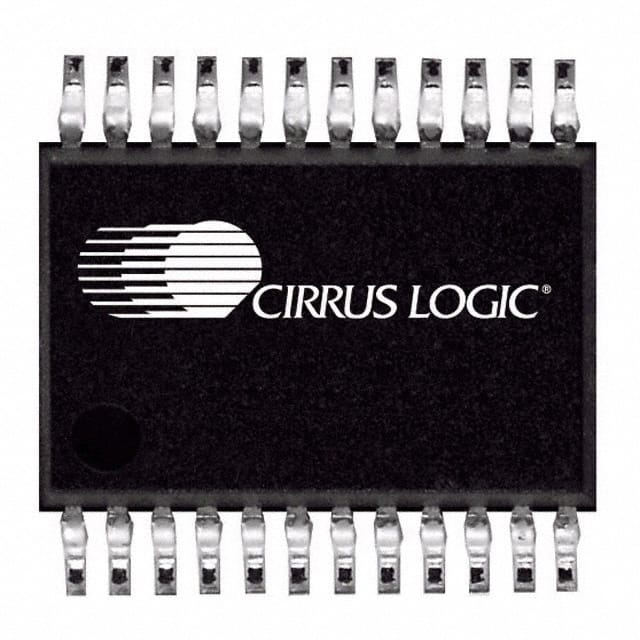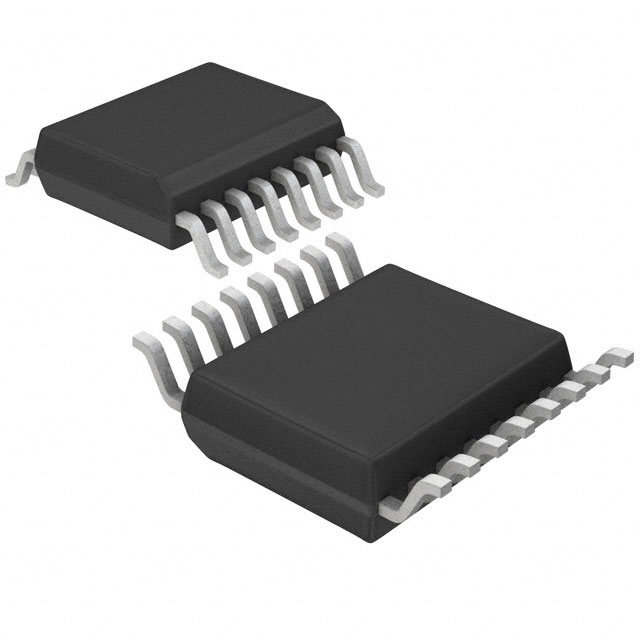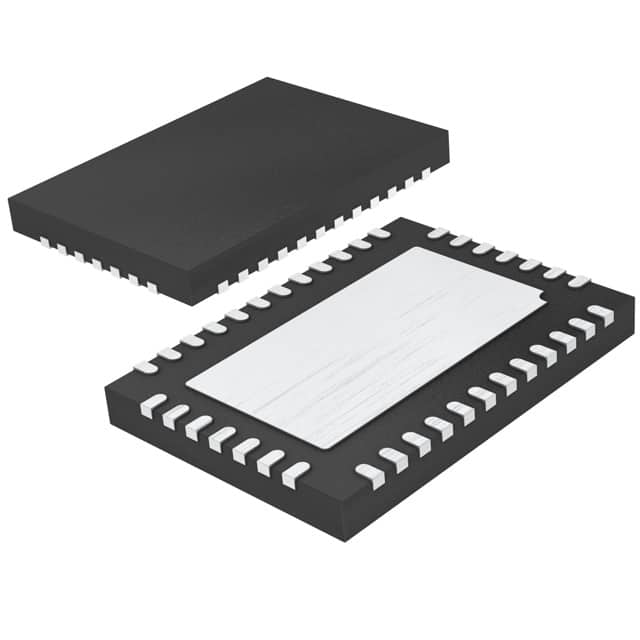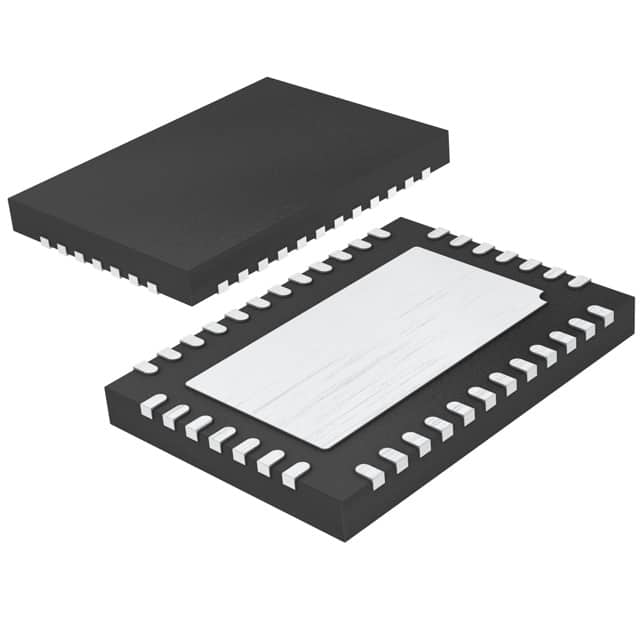AD7173-8BCPZ Product Introduction:
Analog Devices Inc. Part Number AD7173-8BCPZ(Data Acquisition - Analog to Digital Converters (ADC)), developed and manufactured by Analog Devices Inc., distributed globally by Jinftry. We distribute various electronic components from world-renowned brands and provide one-stop services, making us a trusted global electronic component distributor.
AD7173-8BCPZ is one of the part numbers distributed by Jinftry, and you can learn about its specifications/configurations, package/case, Datasheet, and other information here. Electronic components are affected by supply and demand, and prices fluctuate frequently. If you have a demand, please do not hesitate to send us an RFQ or email us immediately sales@jinftry.com Please inquire about the real-time unit price, Data Code, Lead time, payment terms, and any other information you would like to know. We will do our best to provide you with a quotation and reply as soon as possible.
Introducing the Analog Devices Inc. AD7173-8BCPZ, a cutting-edge analog-to-digital converter (ADC) that revolutionizes precision measurement applications. With its exceptional performance and versatile features, this ADC is designed to meet the demanding requirements of various industries.
The AD7173-8BCPZ boasts an impressive 24-bit resolution, providing unparalleled accuracy and precision in data conversion. Its low noise and high-speed conversion capabilities ensure reliable and fast measurements, making it ideal for applications that require precise data acquisition, such as industrial automation, medical instrumentation, and scientific research.
This ADC also features a flexible input multiplexer, allowing for the simultaneous measurement of multiple analog signals. With its eight differential input channels, the AD7173-8BCPZ enables efficient and cost-effective system designs, reducing the need for additional components.
Furthermore, the AD7173-8BCPZ incorporates advanced digital filtering techniques, ensuring excellent signal-to-noise ratio and minimizing the impact of external noise sources. This makes it suitable for applications that require accurate measurements in noisy environments.
The AD7173-8BCPZ is designed with ease of use in mind, featuring a user-friendly interface and comprehensive software support. Its small form factor and low power consumption make it suitable for space-constrained and battery-powered applications.
In summary, the Analog Devices Inc. AD7173-8BCPZ is a high-performance ADC that offers exceptional accuracy, versatility, and ease of use. Whether you are in industrial automation, medical instrumentation, or scientific research, this ADC is the perfect solution for your precision measurement needs.
Analog to digital Converters (ADCs) are electronic devices used to convert continuously varying Analog signals into discrete Digital signals. This process usually includes three steps: sampling, quantization and coding. Sampling means capturing the instantaneous value of an analog signal at a fixed frequency; Quantization approximates these transient values to the nearest discrete level; Finally, the encoding converts the quantized value into binary numeric form.
Application
ADCs(Analog-to-digital Converters) is widely used in a variety of scenarios, such as audio and video recording, measuring instruments, wireless communications, medical devices, and automotive electronics. For example, in audio devices, the ADC is responsible for converting the sound signal captured by the microphone into a digital format for easy storage and transmission.
FAQ about Data Acquisition - Analog to Digital Converters (ADC)
-
1.
How many types of ADC are there?
The types of ADC (Analog-to-Digital Converter) mainly include:
1. Integral ADC: Its working principle is to convert the input voltage into time (pulse width signal) or frequency (pulse frequency), and then obtain the digital value by the timer/counter. The advantage of the integral ADC is that it can obtain high resolution with a simple circuit and has strong anti-interference ability, but the disadvantage is that the conversion rate is extremely low because the conversion accuracy depends on the integration time.
2. Successive approximation type (SAR ADC): The successive approximation ADC is one of the most common architectures. Its basic principle is to convert by gradually approximating the value of the analog input signal. The advantages of the successive approximation ADC are high speed and low power consumption. It is cheap at low resolution, but expensive at high precision.
3. Parallel comparison type/serial-parallel comparison type ADC: The parallel comparison type AD uses m
-
2. What process converts analog to digital?
There are three basic processes for analog to digital conversion:
The first process is "sampling", which is to extract the sample value of the analog signal at equal intervals to turn the continuous signal into a discrete signal.
The second process is called "quantization", which is to convert the extracted sample value into the closest digital value to represent the size of the extracted sample value.
The third process is "encoding", which is to represent the quantized value with a set of binary digits. After these three processes, the digitization of the analog signal can be completed. This method is called "pulse encoding".
After the digital signal is transmitted to the receiving end, a restoration process is required, that is, the received digital signal is converted back to an analog signal so that it can be understood by the receiver. This process is called "digital-to-analog conversion", which reproduces it as sound or image.
-
3. What is the difference between the input and output of an ADC?
The input of ADC (Analog-to-Digital Converter) is analog quantity and the output is digital quantity.
The main function of ADC is to convert continuous analog signal into discrete digital signal. In electronic systems, analog signal usually refers to continuously changing voltage or current, such as the signal obtained from microphone or sensor. The amplitude and frequency of these analog signals can change continuously, while digital signals are composed of a series of discrete values, usually expressed in binary form.
Input: The input of ADC receives analog signals, which can be in the form of continuously changing physical quantities such as voltage and current. The amplitude and frequency of analog signals can change continuously, such as the voltage range from 0V to 5V.
Output: The output of ADC is digital signal, which is composed of a series of discrete values, usually expressed in binary form. The advantage of digital signals is that they can be calculated and processed quic
 Lead free / RoHS Compliant
Lead free / RoHS Compliant



























